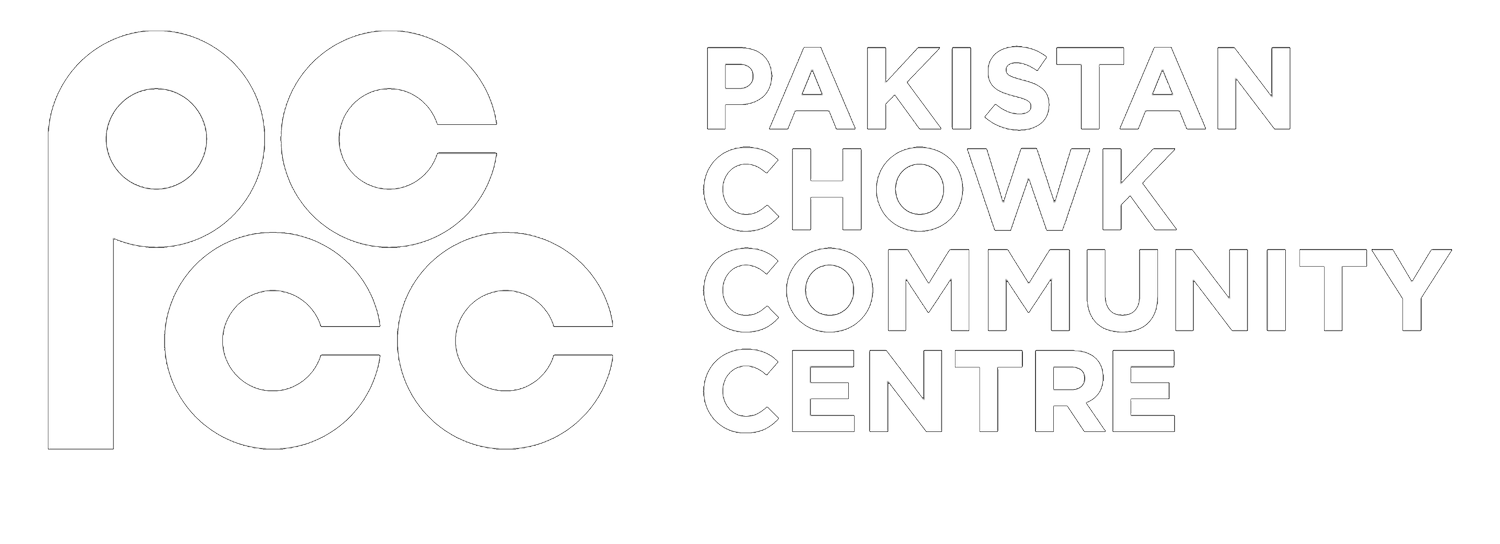The Heritage Walk, conducted by the knowledgeable and affable Shaheen Nauman makes you fall in love with Karachi all over again. On an early Sunday morning, I discovered the history of the buildings that I pass frequently on a daily basis, but on this occasion, the bustling traffic of the busy metropolitan was replaced by a calm serenity beckoning to the past.
Beginning at Pakistan Chowk we made our way towards Old Town, past the Mendoza Building and Sevakunj Hostel, once a pulsing center for student activity and movements. Though constructed in Gizri stone and in close proximity to each other, on inspection each of the various buildings proudly presents itself as a separate entity, year and name on display for those who take the time to look.
The Mendoza Building is a heritage Building on the World Monument Watch list.
The Sevakunj Hostel, previously a hub for students.
Occasionally these names have changed with time, plastered over and remembered only by residents who recount the stories of their origins, their valuable oral histories bringing the past to life. It is here where one sees the true spirit of multiculturalism; A Muslim building with a carved star and crescent with an Urdu name a few steps away from a Hindu building, decorated with Om and Sanskrit writing, and on occasion a sun ray grill or snake carved in relief
Plastic bottles as well as accessories. Entering the perfume Gali, one smells the
fragrance lingering in the air, even on a Sunday when the shops are shuttered.
Snake carving on building exterior Botal Gali
The Sind Jagedar hotel lies on Hassan Ali Effendi Road, its chambers housing stories of those who came at Partition and stayed at the hotel until they found a place to live and begin life anew. The hotel overlooks the Anglo Mughal KMC building with its beautiful 4 domes and clock tower. The clock tower used to have bells but I am saddened to learn that the weights of the pendulum have fallen and so they don’t chime.
KMC Building clock tower
Even the foliage in this part of town reflects the diverse history of the area; There are peepul trees near the Hindu buildings and Banyan trees next to the colonial buildings.
The Parsi colony can be found on the other side of the chowk and set away from the main road lies the Kutchi Memon area with a mosque recently remodelled in the style of Masjid-e-Nabvi. The buildings invoke a harmony of days past, a time when the neighbourhood was a rich patchwork, with diverse communities side by side caring for each and their animals. The area is dotted with the fountains and water troughs, and in juxtaposition lies a mobile water cart now used to provide water to residents.
A water fountain and trough with Gujarati inscription A portable water tanker
The buildings are tightly clustered together with barely any space between them, but this is due in part to the encroachments. Once you make your way through the narrow alleys, they open up into courtyards with pleasant open spaces originally designed to provide privacy, ventilation and sunlight. The original stone work and buildings can be discerned from the encroachments, and one must take a moment to imagine how they must have appeared in bygone times.
The famous Botal Gali has evolved with time. Once famous for selling liquor, it reinvented itself after prohibition in the time of General Zia, selling glass and then other buildings have fared worse. Despite surviving over a hundred years, dilapidation is visible over the span of the few years that the Heritage Walk has been operating. This includes broken panes of previously beautiful stained glasses, peeling plaster, and balconies removed from building facades for their iron. Other buildings are being cleverly demolished from the inside out, and then declared unfit for habitation.
A beautiful building façade, but the inside has been demolished
In the buildings that continue to be inhabited, residents occasionally demarcate and spruce up their apartments, often with a coat of blue paint on the exterior rather than any restoration.
A pop of color An apartment painted
A bold and surprising colour of choice, but the action illustrates the resilience of both our buildings and our people; we have weathered much and yet we go on.






